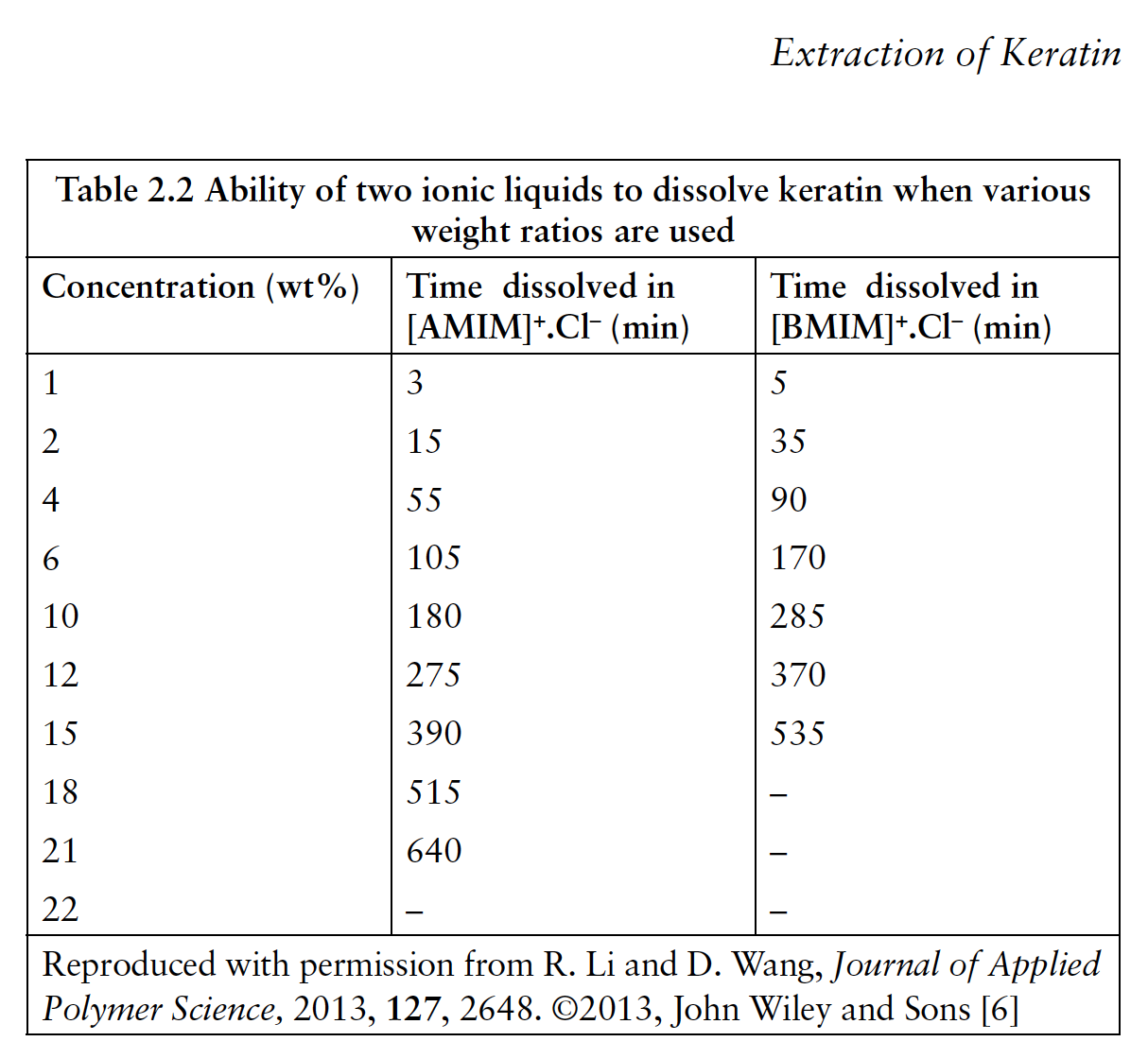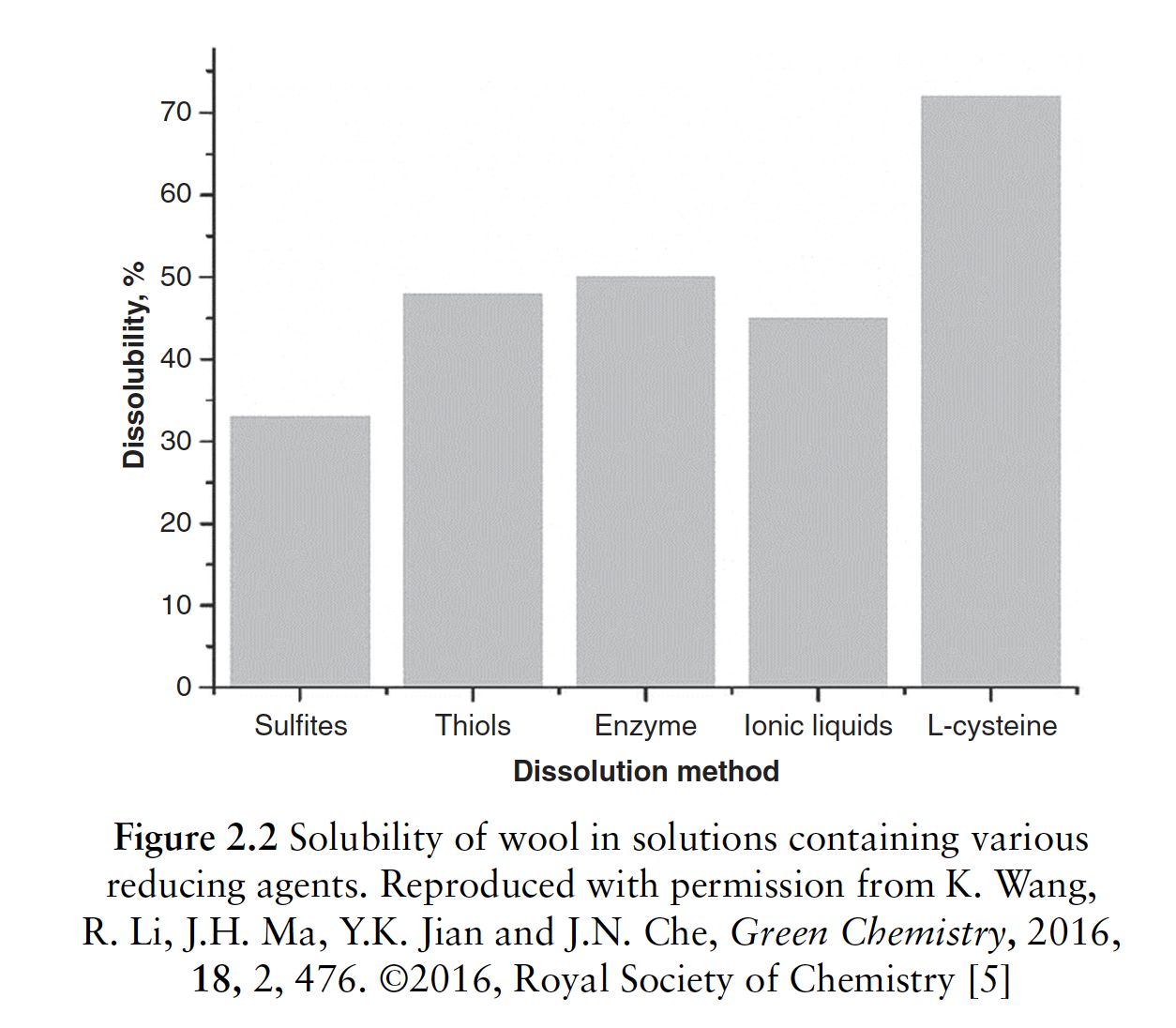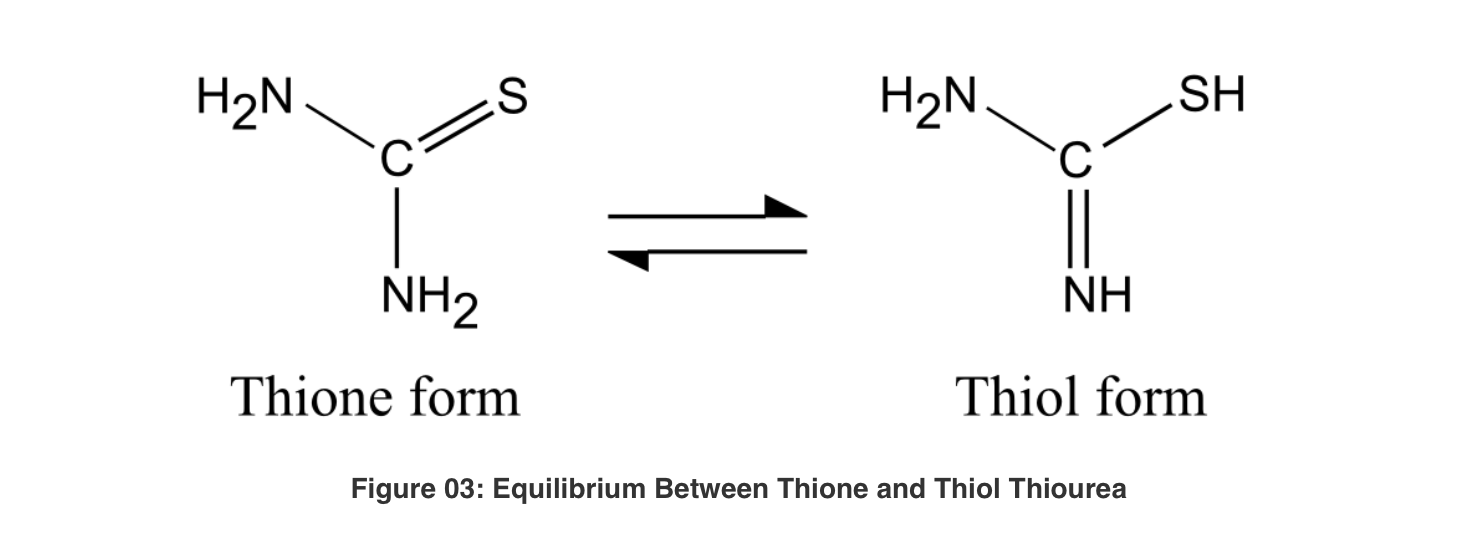| IV. - CHEMICAL EXTRACTION |¶
IONIC LIQUIDS¶
ABOUT¶
- are salts composed of an organic cation and member of different organic and inorganic amions that meet at temperatures below 100 °C
- difficult to dissolve - covalent and noncovalent interactions
An ionic liquid (IL) is a salt in the liquid state. In some contexts, the term has been restricted to salts whose melting point is below some arbitrary temperature, such as 100 °C (212 °F). While ordinary liquids such as water and gasoline are predominantly made of electrically neutral molecules, ionic liquids are largely made of ions. These substances are variously called liquid electrolytes, ionic melts, ionic fluids, fused salts, liquid salts, or ionic glasses.
| a. | Melting point | c. | d. | e. |
|---|---|---|---|---|
| High thermal stability | < 100 °C | Negligible vapor pressure | High viscosity | High solubility in water |
-
Ionic liquids have many potential applications. They are powerful solvents and can be used as electrolytes. Salts that are liquid at near-ambient temperature are important for electric battery applications, and have been considered as sealants due to their very low vapor pressure.
-
Any salt that melts without decomposing or vaporizing usually yields an ionic liquid. Sodium chloride (NaCl), for example, melts at 801 °C (1,474 °F) into a liquid that consists largely of sodium cations (Na+) and chloride anions (Cl−). Conversely, when an ionic liquid is cooled, it often forms an ionic solid—which may be either crystalline or glassy.
SOURCE¶
-
New green solvents - this process needs to be carried out under nitrogen, requires a precise temperature control, the raw material needs to be added in small portions to the hot liquid, and the obtained keratin is not water soluble.
-
Process:



SOURCE¶
- A second life for low-grade wool through formation of all-keratin composites in cystine reducing calcium chloride–water–ethanol solution, Christa Fitz-Binder, Tung Pham and Thomas Bechtold, 2019, DOI 10.1002/jctb.6151, wileyonlinelibrary.com
- Keratin-based Biomaterials and Bioproducts, Narendra Reddy, 2017, ISBN: 978-1-91024-287-2, http://www.polymer-books.com
TYPES OF ILs CHEMICALS¶
- Room-temperature ILs
- Task-specific ILs
- Polyionic liquids
- Supported IL membranes - include composites of ILs supported on metal–organic frameworks
SOURCE¶
- Ionic Liquids Explained
- Introduction: Ionic Liquids, Zhigang Lei, Biaohua Chen, Yoon-Mo Koo, and Douglas R. MacFarlane, 2017, https://doi.org/10.1021/acs.chemrev.7b00246
Separating organic compounds¶
Organic compounds¶
- [BMIM]+.Cl–
- [BMIM]+.Cl–
- [BMIM]+.Br–
- [AMIM]+.Cl–
- 1-Butyl-3-methylimidazolium tetrafluoroborate
- 1-Butyl-3-methylimidazolium hexafluorophosphate
- [BMIM]+.Br– : 1-Butyl-3-methylimidazolium bromide
TYPES¶
UREA¶
also known as carbamide, is an organic compound with chemical formula CH₄N₂O. It is a colorless, odorless solid, highly soluble in water, and practically non-toxic. Urea is widely used in fertilizers as a source of nitrogen (N) and is an important raw material for the chemical industry.
| Chemical formula | Melting point | Molar mass | Density | Systematic name | Appearance | Solubility in water |
|---|---|---|---|---|---|---|
| CH₄N₂O | 182 °C | 76,12 g/mol | 1.32 g/cm³ | thiokarbonyldiamid | white solid | 545 g/L (at 25 °C) |
THIOUREA¶
is an organosulfur compound with the formula CH₄N₂S. Thiourea is a reagent in organic synthesis. It is mainly consumed as a precursor to thiourea dioxide, which is a common reducing agent in textile processing.
| Chemical formula | Melting point | Molar mass | Density | Appearance | Solubility in water |
|---|---|---|---|---|---|
| CH₄N₂S | 133 - 135 °C | 76,12 g/mol | 1,4 g/cm³ | white solid | 142 g/l (25 °C) |
- Difference:
Urea and thiourea are organic compounds having a carbon atom bonded to two amine groups. The key difference between urea and thiourea is that urea does not contain sulfur atoms, whereas thiourea contains sulfur atoms.

SOURCE¶
- Urea and Thiourea Complexes in Separating Organic Compounds, Daniel Swern, 1955, https://doi.org/10.1021/ie50542a023
- Difference Between Urea and Thiourea
CONCLUSION¶
- The research seeks to use ILs during the extraction process although for its high price and unavailability it has not been possible.